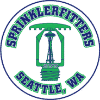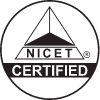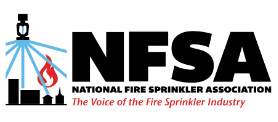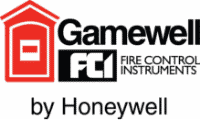Prep For Emergencies With Fire Extinguisher Services In Kent, WA
A fire extinguisher could make the difference between a small fire and a larger, more destructive one. When they are strategically placed around your business, they give anyone the ability to quickly put out a fire at a moment’s notice, perhaps preventing a catastrophe.
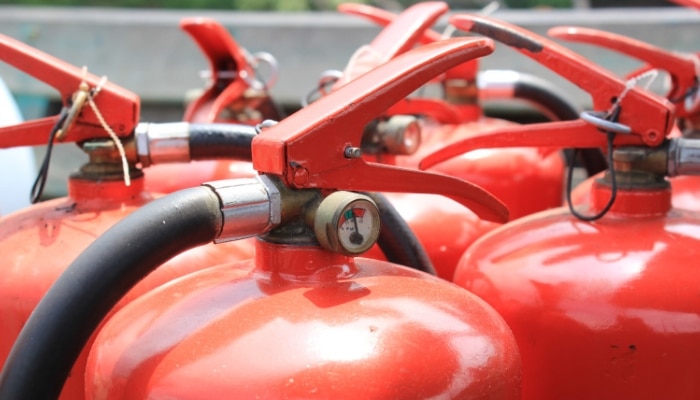
Because of their handheld capability, fire extinguishers provide a mobile way to fight a fire. If the sprinkler system has not turned on yet or is not properly reducing the growth of the fire, then fire extinguishers are another powerful line of defense in an emergency situation.
We will plan out the placement of your fire extinguishers to ensure that fires can be put out in the most efficient manner. We strategically place the extinguishers based on accessibility and likeliness of the fire’s path.
Regular Fire Extinguisher Testing & Maintenance Is Key
The National Fire Protection Agency states that fire extinguishers need to have maintenance once per year and need to be inspected every month as well. Maintenance and inspection must be performed by a qualified professional.
We can provide these services and more to make sure that your fire extinguishers are in perfecting working order and comply with all applicable regulations.
If your extinguishers are at lower than normal pressure, or they have been used recently to fight a fire, we can recharge them so they are ready to protect your occupants and property at a moment’s notice.
We'll make sure your extinguishers are:
- Properly distributed in your space
- Completely functional
- Correctly inspected and tagged
- Adequately charged
Our Quality Customer Service Is Never Extinguished
Call Northwest Fire Systems today at 206-772-7502 or message us online for any questions or to schedule service. Our fire extinguisher services expertise keeps you ready for an emergency.
Fire Extinguisher FAQs
Generally, most fire extinguishers can be refilled. Portable fire extinguishers, such as those with ABC, BC, or CO2 ratings, are designed to be refilled after use or when their contents are depleted. However, it's essential to have a licensed fire equipment service provider or a certified fire extinguisher technician refill the extinguisher to ensure it is done correctly and meets safety standards. Additionally, some disposable fire extinguishers are designed for one-time use and cannot be refilled, so it's crucial to check the manufacturer's guidelines for each specific type.
Yes, businesses in Washington state are generally required to have fire extinguishers. The specific regulations may vary based on the type and size of the business, occupancy classification, and other factors. Compliance with all fire safety codes is essential. Businesses should familiarize themselves with the state and local fire codes and ensure that they have the appropriate fire safety measures, including fire extinguishers, in place to protect occupants and property in case of emergencies.
According to the Washington State Fire Code, fire extinguishers should be inspected at least annually by a licensed fire protection company. Additionally, monthly visual inspections are recommended to check for obvious signs of damage, tampering, or other issues. Adhering to these inspection schedules helps ensure the reliability and effectiveness of fire extinguishers in the event of a fire emergency.
Fire extinguishers are categorized based on the types of fires they are designed to combat:
Class A: For ordinary combustibles like wood, paper, and cloth.
Class B: For flammable liquids such as grease, gasoline, and oil.
Class C: For electrical fires involving wiring, outlets, and appliances.
Class D: For combustible metals like magnesium and sodium.
Class K: For kitchen fires involving cooking oils and fats.
Each class of extinguisher contains different extinguishing agents suited for specific types of fires, ensuring effective suppression and safety.
Different types of extinguishers put out different types of fires and use different extinguishing agents. Northwest Fire Systems will determine which extinguisher is proper for your facilities based on your specific fire risks.
Multipurpose – Will be labeled ABC and can be used on all 3 fire classes.
Pressurized Water Extinguishers – These fire extinguishers are meant to be used for for Class A fires and should never be used to put out flammable liquid or electrical fires.
Ammonium Phosphate Extinguisher – These can be used to extinguish Class A, B, and C fires. However, these should never be used in a commercial grease fryer, because it may reduce the fire fighting power of the automatic fire protection system.
Carbon Dioxide – These are rated to fight Class B and C fires. No residue is left behind after use.
Dry Chemical Extinguishers – These types interrupt the reaction of chemicals which create a fire, thereby extinguishing the fire.
Sodium Bicarbonate – these are used for class B and C fires. When extinguishing grease fires, this type is preferable to use when compared to the other dry-chemical fire extinguishers.
Potassium Bicarbonate, potassium chloride, urea-base potassium bicarbonate – these dry chemical fire extinguishers use less fire fighting agent than sodium bicarbonate on similar fires. FFFP, AFFF, or foam extinguishers cover the burning materials so that the fire cannot get air as fuel to feed the flames.
When a fire extinguisher is used, the pressurized gas within is released. Even if the pressure is slightly released by a small discharge, it may make it so that the extinguisher cannot properly discharge the fire fighting agent again when it is needed.
You can tell the pressure by looking at the gauges and seeing if the arrow is pointed to the green area. If the arrow is not pointed towards the green area, then your fire extinguisher needs to be recharged immediately so that it will be prepared to fight a fire in an emergency.
